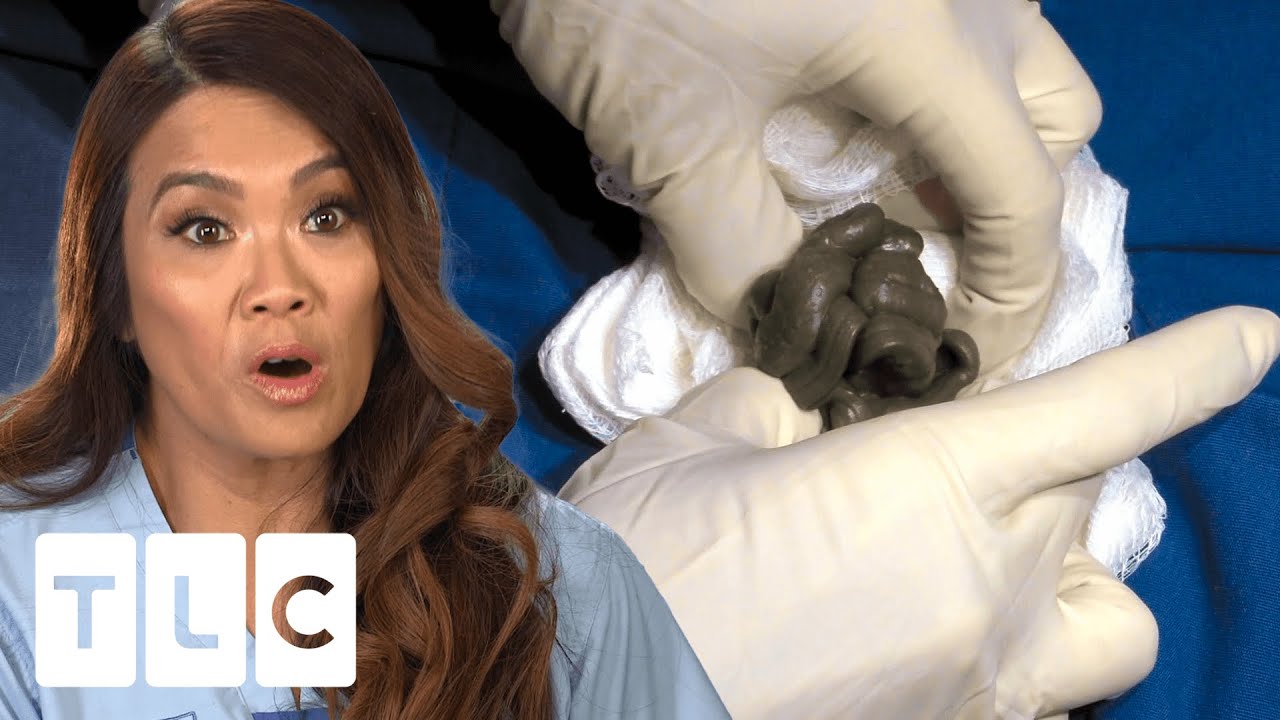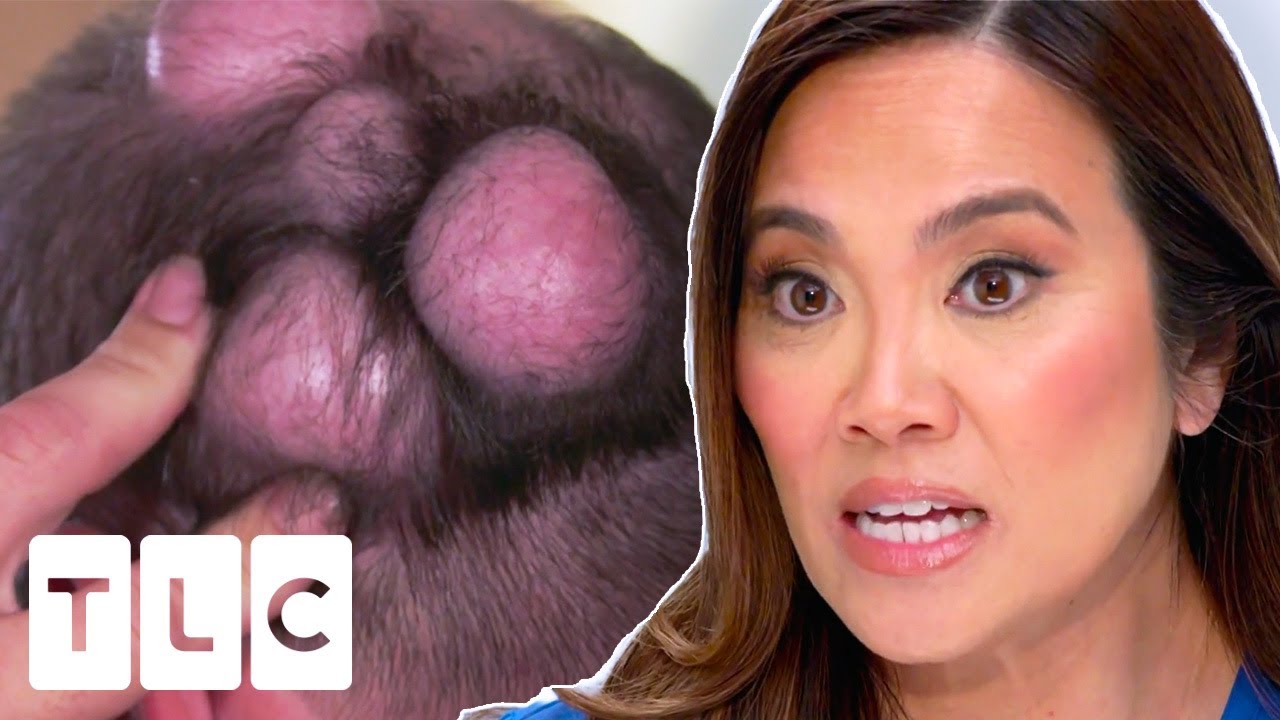
Finding affordable car insurance in Oregon can be a challenging task, especially with the wide variety of options available in the state. Whether you’re a new driver or looking to switch providers, shopping for cheap car insurance in Oregon doesn’t have to be stressful. With a little knowledge and the right approach, you can secure quality coverage at a price that fits your budget.
In this blog, we’ll explore how to find cheap car insurance in Oregon, what factors influence your rates, and the steps you can take to save on coverage without compromising your protection.
Why Is Car Insurance Required in Oregon?
In Oregon, like most states, having car insurance is mandatory for drivers. The state requires drivers to carry at least the minimum amount of liability insurance to cover damages and injuries in case of an accident. This helps ensure that all drivers are financially responsible for their actions on the road.
The minimum required liability coverage in Oregon is:
- $25,000 for bodily injury per person
- $50,000 for bodily injury per accident
- $20,000 for property damage per accident
In addition to liability insurance, Oregon residents may choose to add other types of coverage like comprehensive, collision, or uninsured motorist protection. While not required, these additional coverages can provide better protection for your vehicle and reduce out-of-pocket expenses if you are involved in an accident.
Factors That Influence Car Insurance Rates in Oregon
Several factors can impact the cost of car insurance in Oregon. Understanding these factors will help you make informed decisions when searching for affordable coverage.
1. Your Driving Record
Your driving history plays a significant role in determining your insurance rates. If you have a clean driving record with no accidents, tickets, or claims, you are more likely to qualify for lower premiums. On the other hand, if you’ve had traffic violations or accidents in the past, insurers may view you as a higher risk and charge you higher rates.
Tip: Keep a clean driving record and avoid any accidents or violations to maintain lower rates.
2. Your Vehicle
The make, model, and year of your car also impact your car insurance rates. Newer cars or high-end vehicles often come with higher insurance premiums due to their higher repair costs and increased theft risks. However, cars equipped with safety features (like airbags, anti-lock brakes, and lane departure warnings) may qualify for discounts.
Tip: If you drive an older vehicle, you might consider reducing coverage or opting for a higher deductible to save money.
3. Your Age and Gender
Young drivers, especially those under 25, often face higher insurance premiums because they are statistically more likely to be involved in accidents. Additionally, male drivers under the age of 25 tend to pay higher rates than their female counterparts.
Tip: If you are a young driver, completing a defensive driving course can help lower your rates.
4. Your Location in Oregon
Where you live in Oregon can affect your car insurance premiums. Cities like Portland or Eugene, with higher traffic and accident rates, may have higher premiums than rural areas. Additionally, factors like crime rates and the likelihood of natural disasters (like wildfires) in your area can also influence your rates.
Tip: If you live in a high-traffic area, look for ways to lower your risk, like choosing a policy with higher deductibles or adding theft protection.
5. Coverage Levels and Deductibles
The level of coverage you choose and your deductible amount will significantly impact your premium. Opting for higher coverage limits or lower deductibles can increase your premium, while higher deductibles and lower coverage options can save you money.
Tip: If your car is older or has a low market value, consider reducing your coverage or increasing your deductible to save on your premium.
Steps to Find Cheap Car Insurance in Oregon
Now that you know the factors that affect your car insurance rates, let’s walk through the steps you can take to find affordable car insurance in Oregon.
1. Shop Around and Compare Quotes
One of the best ways to find cheap car insurance in Oregon is by shopping around and comparing quotes from multiple insurance companies. Use online comparison websites to get quotes from different insurers based on your personal and vehicle information. This allows you to quickly compare rates, coverage options, and discounts offered by various providers.
Tip: Websites like The Zebra, Compare.com, and Insure.com allow you to compare quotes from several insurance providers in one place, saving you time and effort.
2. Look for Discounts
Many car insurance providers offer discounts that can help reduce your premium. Some common discounts include:
- Multi-vehicle discount: Insure multiple cars with the same provider.
- Safe driver discount: If you have a clean driving record, you may qualify for discounts.
- Good student discount: Students with good grades often receive discounts.
- Low-mileage discount: If you don’t drive much, you might be eligible for lower rates.
- Bundling discount: Bundle your auto insurance with home or renters insurance for savings.
- Anti-theft discount: If your vehicle has anti-theft devices installed, you may qualify for a discount.
Tip: Always ask about available discounts when obtaining a quote. Even small savings can add up over time.
3. Adjust Your Coverage to Match Your Needs
Make sure you’re not paying for coverage you don’t need. For example, if your car is older or has a low resale value, consider dropping comprehensive and collision coverage. You can also adjust your deductibles—choosing a higher deductible can help lower your monthly premium, but keep in mind that you’ll need to pay more out of pocket in the event of a claim.
Tip: Only buy the coverage you need. Evaluate your car’s value and your personal risk tolerance before deciding on coverage limits and deductibles.
4. Consider Pay-Per-Mile Insurance
If you don’t drive much, consider a pay-per-mile car insurance policy. This type of policy charges you based on the number of miles you drive, making it an ideal option for those who work from home or use their vehicle infrequently.
Tip: If you’re a low-mileage driver, ask insurers if they offer this type of policy.
5. Review Your Policy Regularly
Car insurance rates can change over time, so it’s important to review your policy annually. Re-evaluating your coverage ensures you’re still getting the best rate, and it gives you the opportunity to adjust your coverage as your needs change (e.g., if you’ve paid off your car loan or purchased a new vehicle).
Tip: Set a reminder to review your car insurance every year or whenever you have significant life changes, such as moving or adding a driver.
Top Car Insurance Providers in Oregon
Here are some of the top-rated car insurance providers in Oregon that offer competitive rates:
- State Farm: Known for offering great customer service and affordable rates, State Farm has a wide range of discounts available for Oregon drivers.
- Geico: A popular choice for budget-conscious drivers, Geico provides affordable premiums and a user-friendly online experience.
- Progressive: Progressive is known for offering flexible policies and discounts for safe drivers.
- Allstate: Offers comprehensive coverage options and various discounts, including safe-driving bonuses and bundling options.
- Nationwide: Offers a wide range of coverage options and competitive rates for Oregon residents.
Conclusion
Finding cheap car insurance in Oregon is all about comparing quotes, adjusting your coverage to fit your needs, and taking advantage of available discounts. By shopping online and using comparison tools, you can quickly identify the best deal for your situation and save money on your car insurance.
Remember to review your policy regularly, maintain a clean driving record, and make adjustments as needed to ensure you’re always getting the best value for your coverage. With the right approach, you can enjoy affordable car insurance in Oregon without sacrificing the protection you need.

